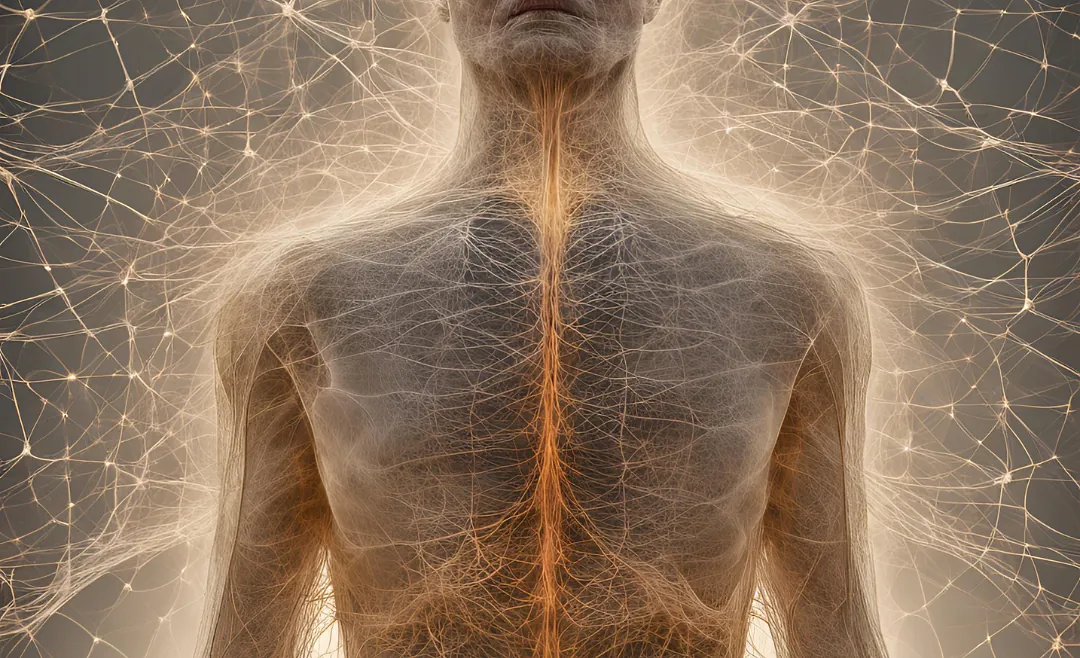
23/10/2024 0 Comments
Innovations in Fascia Research: The future of body awareness
Fascia, the versatile connective tissue that envelops and supports our body, is receiving increasing attention in the medical and scientific communities. Innovations in fascia research are not only revealing the complexity of this tissue but also the crucial role it plays in health and well-being. Let’s explore some of the most exciting developments in this field.
What is Fascia?
Before discussing the innovations in fascia research, it’s important to understand what fascia is. Fascia is a network of connective tissue that extends from head to toe. It surrounds muscles, organs, and nerves, acting as a kind of 'connecting tissue' that brings together our entire anatomy. Recent research has shown that fascia is not only structural but also plays an active role in our body, influencing movement, pain, and even emotional health.
1. Advanced imaging techniques
One of the biggest innovations in fascia research is the development of advanced imaging techniques. Traditional methods, such as X-rays and MRIs, are often insufficient to map the fine details of fascia. New technologies, such as elastography and 3D ultrasound, allow researchers to better understand the elasticity and functional properties of fascia. This not only aids in diagnosing fascial problems but also in optimizing treatments.
2. Fascia and chronic pain
An increasing number of studies are exploring the role of fascia in chronic pain syndromes, such as fibromyalgia and myofascial pain. Innovative approaches, such as combining biochemical analysis with biomechanical studies, help scientists understand how fascial changes can contribute to pain. This leads to new treatment strategies focused on restoring fascial health, rather than merely alleviating symptoms.
3. The Fascia-Connectivity model
Another important development is the fascia-connectivity model. This model suggests that fascia is not just a passive structure but actively participates in communication between different parts of the body. Researchers are investigating how this connectivity affects movement, stability, and even our immune system. This has implications for how we view injuries and recovery and could lead to more holistic treatment methods.
4. Fascia and emotional health
As mentioned earlier, fascia is also linked to our emotional health. Innovations in fascia research are focusing on this connection, with studies exploring the impact of emotional trauma on fascial tension and structure. This may lead to new therapeutic approaches that address both physical and emotional health.
5. Interdisciplinary research
Fascia research is becoming increasingly interdisciplinary, with fields such as anatomy, physiology, psychology, and sports science collaborating. This fosters a deeper understanding of the role fascia plays in the human body and helps develop innovative treatment methods. This collaboration also facilitates the sharing of knowledge and techniques, improving the effectiveness of treatments.
Conclusion
Innovations in fascia research are an exciting development in the world of healthcare and well-being. Through new technologies and insights, we can gain a deeper understanding of this fascinating tissue and the role it plays in our body. The potential to optimize fascial health offers not only new treatment options for pain and movement issues but could also contribute to a holistic approach to health that encompasses both body and mind. The future of fascia research holds great promise, and it’s an area we should continue to closely monitor.

Comments